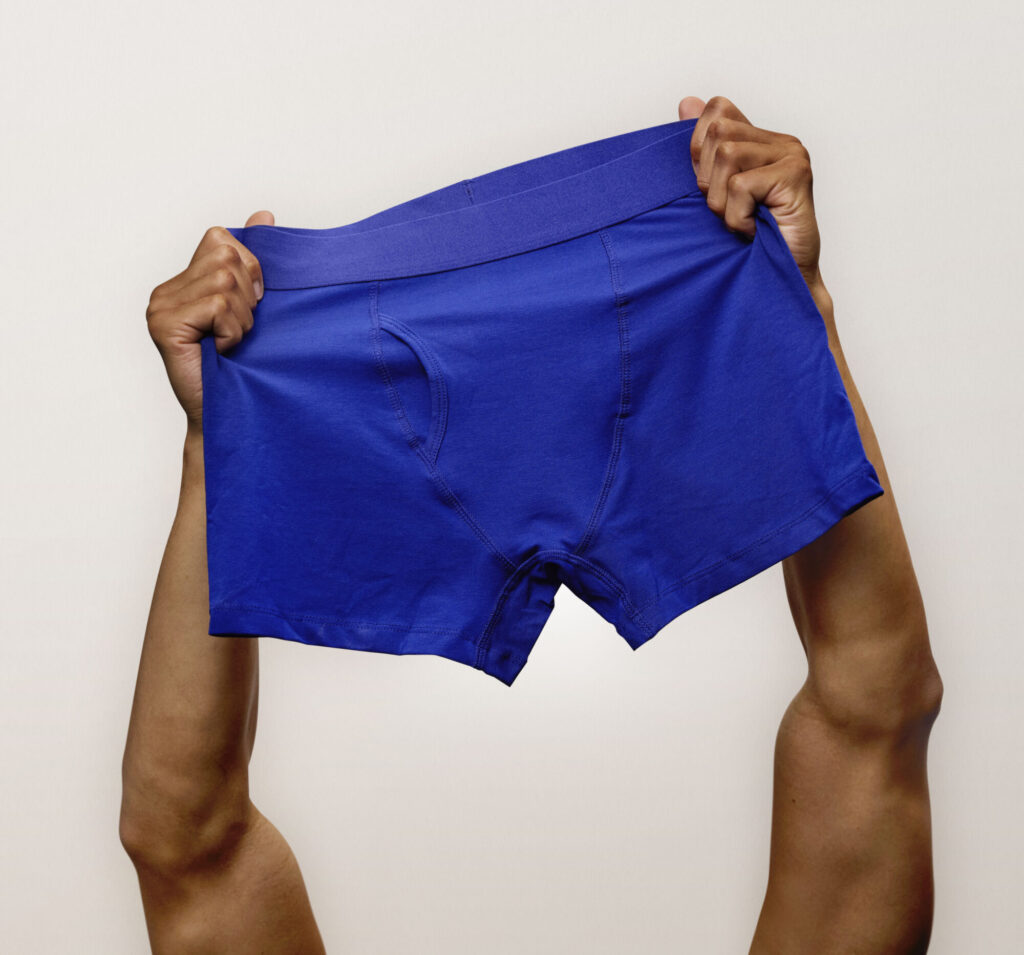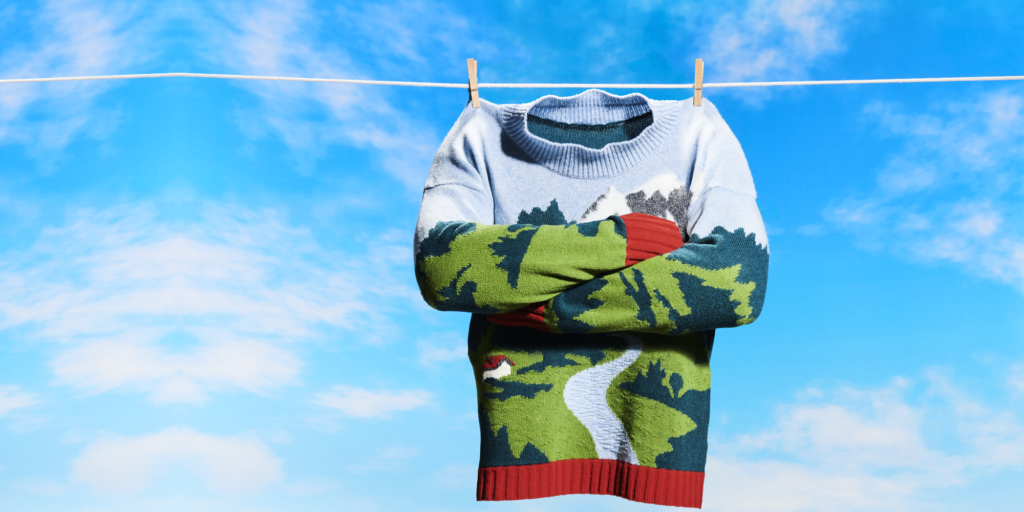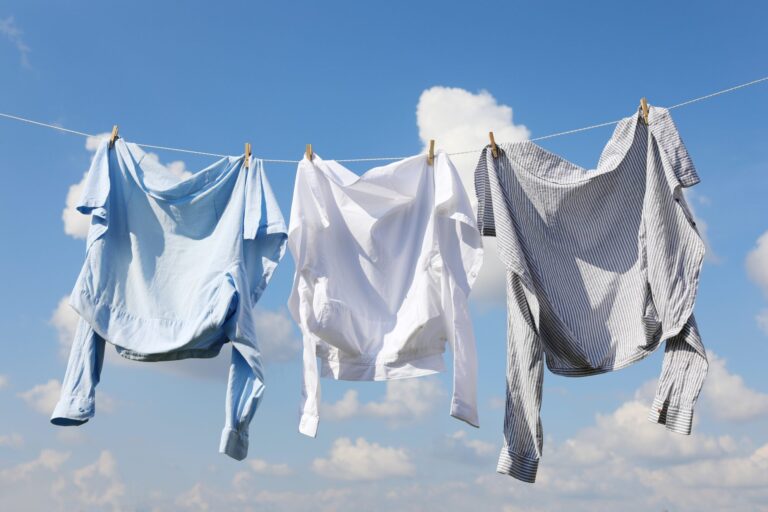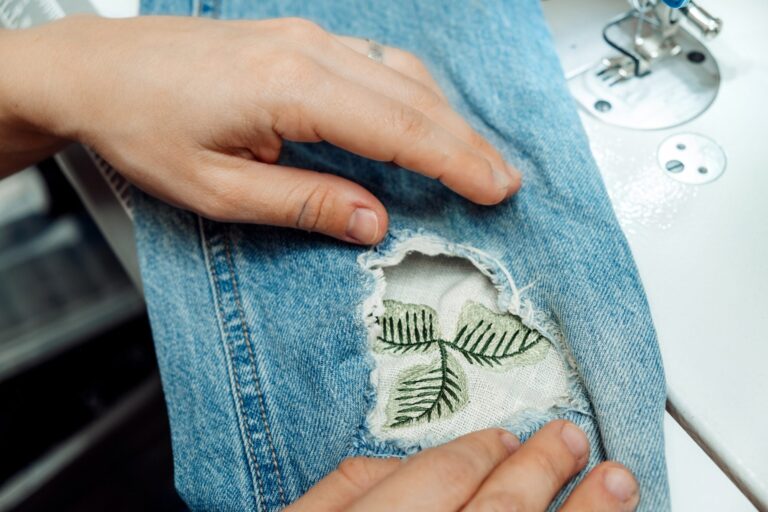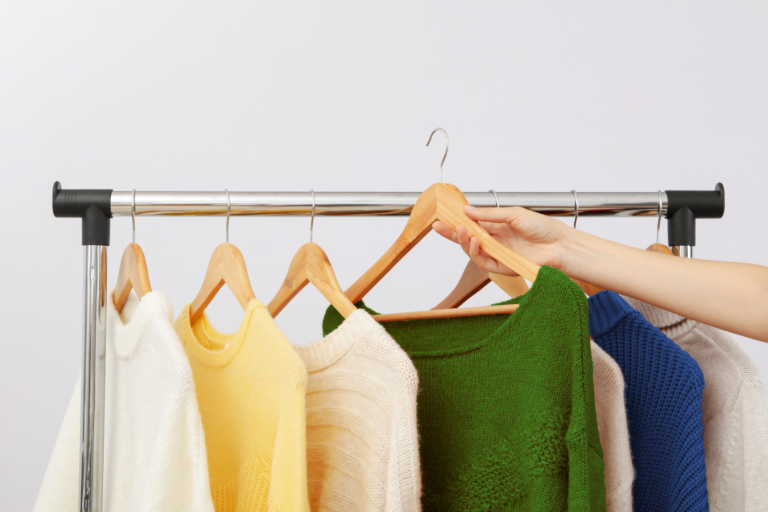Who wants to waste their clothes? Not me.
Clothes shouldn’t be disposable, and we have more than enough to go around. One person’s dreaded miniskirt is another’s marvellous date night outfit, so let’s share.
Secondhand is a cheap and effective way to fight fast fashion.
I’m excited to work with Ecover on my top 3 easy ideas for how not to waste your clothes, plus lots of suggestions to get you started keeping those clothes working harder, right away.
SELL YOUR CLOTHES ONLINE
It’s never been easier to sell your clothes online to give them a new life.
Ecover have partnered with online secondhand clothes seller Depop to help you make money out of your clothes.
If you’re getting clothes ready to sell, follow these simple tips:
> Measure your clothes properly to give buyers a better idea of how it will fit. A tape measure is an essential piece of selling kit.
> Freshen it up. Make sure clothes smell fresh by hanging them up before sending them off or ironing them if they are wrinkly. Your clothes want to make a great first impression.
> Repair simple things like a dropped hem or missing button.
Depop is also a great place to pick up amazing brands for less, by buying secondhand you’re helping other people not waste their clothes too!
Also check out Vinted or buy secondhand from Oxfam, Beyond Retro or Gold Thrift Vintage.
GET SWAPPING
Remember keeping clothes out of landfill for 9 months longer reduces their carbon emissions by 30% (according to WRAP). So if you don’t want those skinny jeans, swap with someone who does.
Clothing swaps (sometimes called swishes) are a great way to keep clothes going for longer, by sharing and swapping them with friends, work colleagues or people in your local community.
Look on Eventbrite for upcoming local clothing swaps.
Swap online with Swopped or check out Loanhood, LIEF (a swapping shop) in Manchester or check out G(end)er Swap, a UK based LGBTIQ+ clothing outreach organisation that supports trans and gender non-conforming individuals to access clothes with bespoke pop-ups.
Check out these handy tips on setting up your own clothing swap.
If you’re taking clothes to a swap, make sure they’re clean. Read our easy tips for washing secondhand clothes here.
BUY LESS
I can’t talk about wasting less if we don’t talk about the other end of the chain – buying less.
We are wasting more because we buy a lot more clothes than we did a couple of decades ago.
Clothes have got cheaper but they use the same raw materials, energy and time to be made.
According to the UN Framework Convention on Climate Change, emissions from textile manufacturing will increase by 60% by 2030.
So let’s be more choosy about the clothes we let into our wardrobes.
Run through these questions when you’re on the verge of buying new.
> Can you mend or upcycle anything you already have?
> Can you buy what you need secondhand or get it via swapping?
> Can you rent something via one of the growing apps and on demand services? This is a great option for weddings, special occasions or job interviews.
If you do need to buy new, can you buy an ethical version that uses sustainable materials or has a transparent supply chain, or gives back to the environment?
It might help to think about ‘cost per wears’ – 30 is what you should aim for. So buy something knowing you’ll wear it 30 times, because only after that has it worked off its emissions in being made.
Here are our my favourite British ethical fashion brands.
This also helps when you’re thinking about spending more on one piece that you’ll wear a lot, than buying a lot of pieces and wearing them a little.

